Aaron’s practice is rooted in a passion for travel and exploration, and his work reflects a preoccupation with form, color and the subtle juxtapositions to be found in both urban environments and natural landscapes. Aaron’s photographs were most recently featured in a profile for the online art and design platform, “Plain Magazine” (2018). Other exhibition highlights include the “NURTUREart Benefit Group Show” at Bernarducci Meisel Gallery in New York City (2011), and the Time Equities Inc. ‘Art-In-Buildings’ group exhibit, “Into the Light,” at Dufferin Liberty Centre in Toronto (2011). Aaron has received a ‘Boomerang Fund for Artists Grant’ (2012), and was awarded the ‘Curator’s Choice Award’ by Guggenheim Museum Associate Curator Nat Trotman at the Brooklyn Waterfront Artists Coalition exhibit, “Wide Open 2,” in Brooklyn (2011). Aaron holds an MFA in Photography from Pratt Institute (2007), an MA in Media Studies from the New School (2004), and a BA in Philosophy from Cornell University (2000). Along with his photography, Aaron works for a non-profit archive of 20th century photography and ephemera, the Blavatnik Archive Foundation.


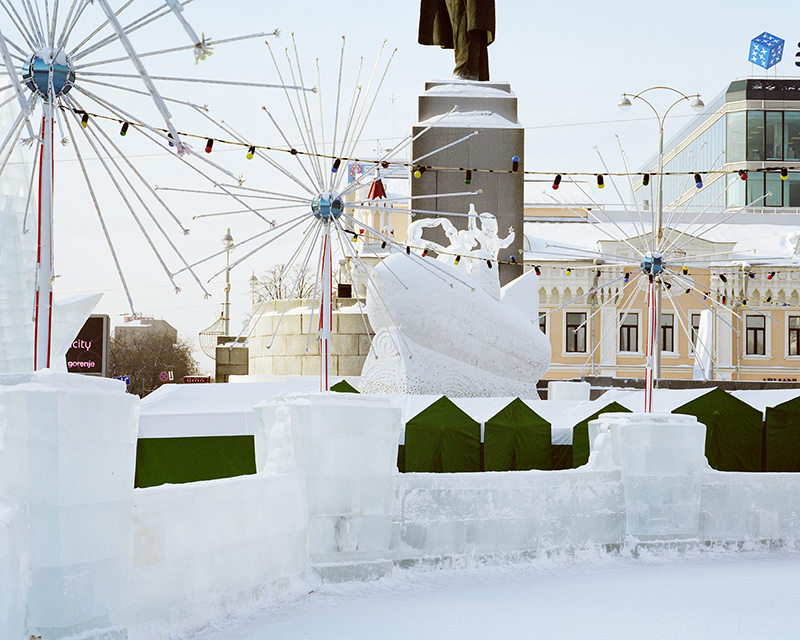
Urban Facades (Russia 2012)
These photographs were taken in Yekaterinburg and Moscow in 2012 but printed for the first time in 2019. Shot with a Mamiya 7 II camera, the images fit into a larger body of work that is focused on urban public spaces. I am interested in the subtle juxtapositions and layers of reference that can be found in contemporary locations like public parks, memorial sites and museum grounds. With or without a human presence, I am looking at the physical composition of a scene to provide some small insight or entry into the history and emotional tenor of a place. Especially in a foreign country, like Russia, it is fascinating to explore a similar but altered visual landscape that is comprised of some shared and some distinctive cultural elements. This layering of meaning can have an illusory, alienating affect, and it is these subtle evocations of ambiguity and tension that I try to capture in my work.


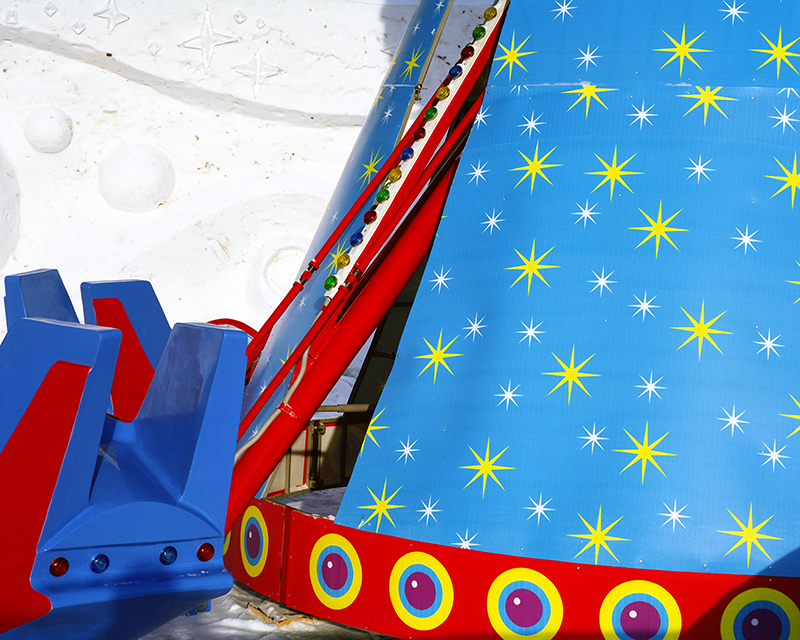
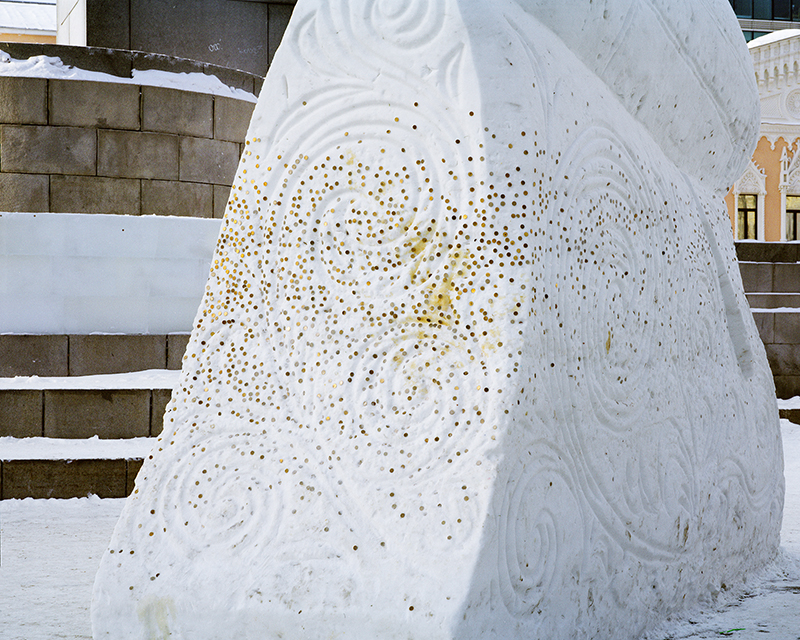


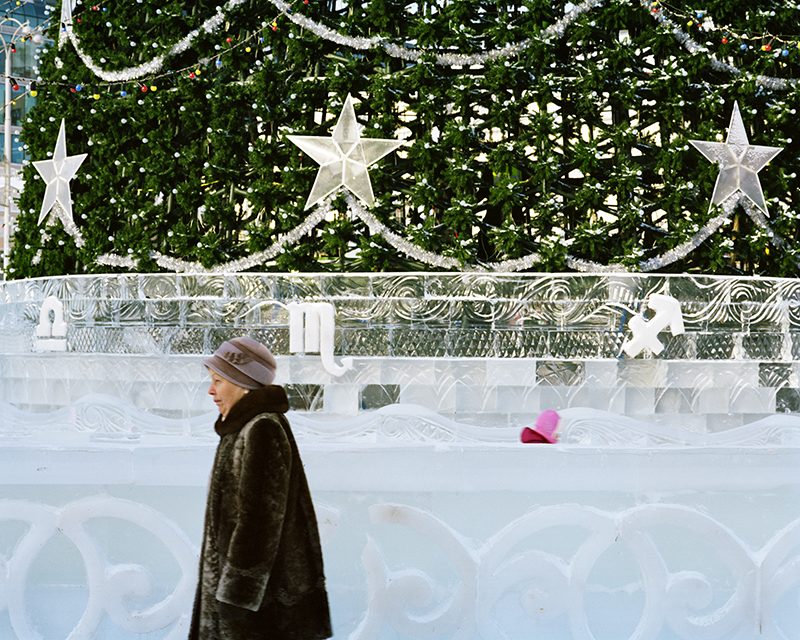
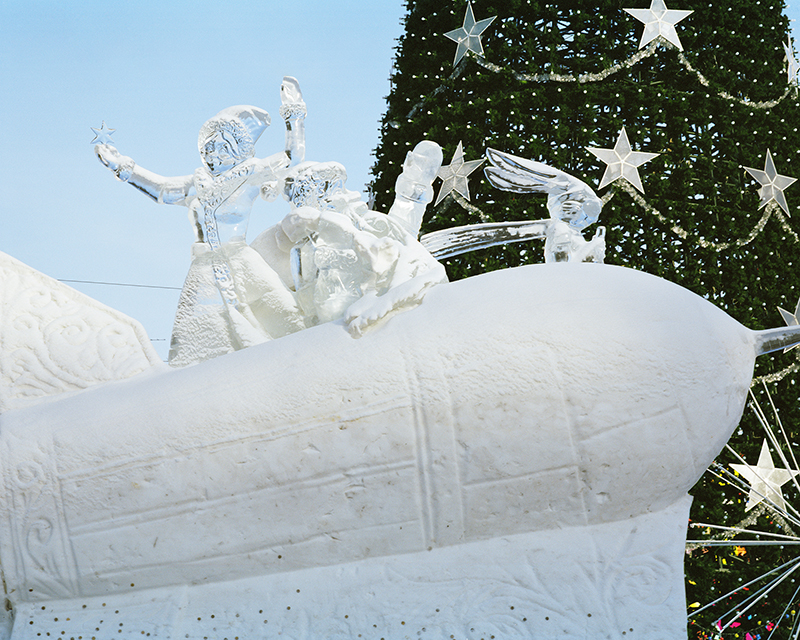


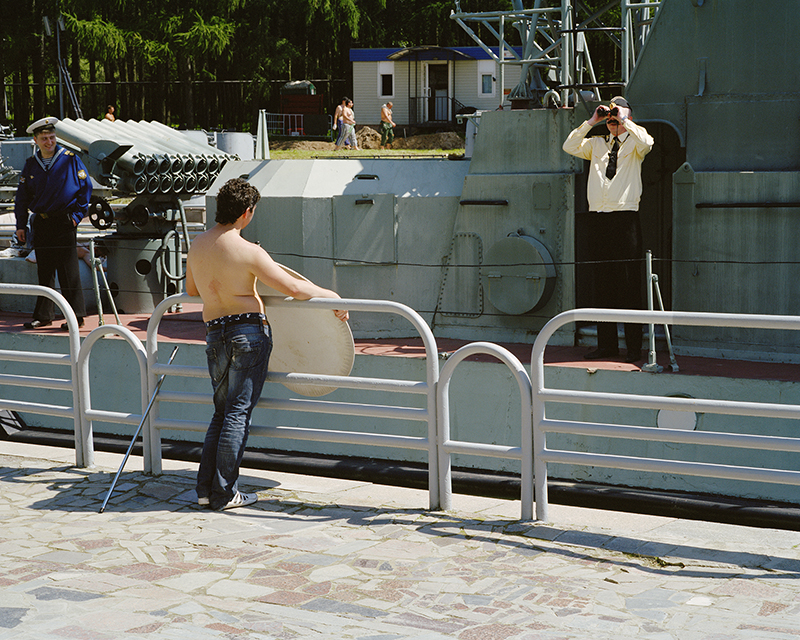



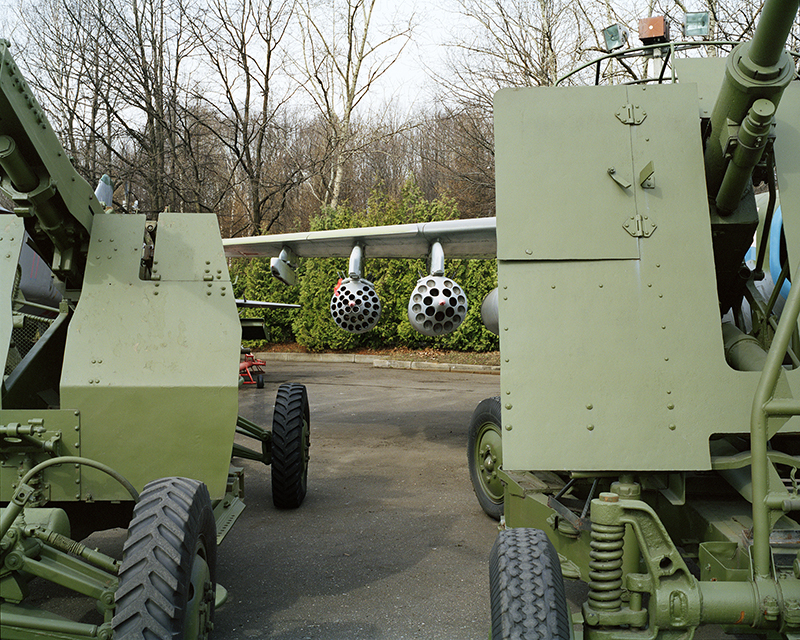


To view more of Aaron Kreiswirth’s work please visit his website.